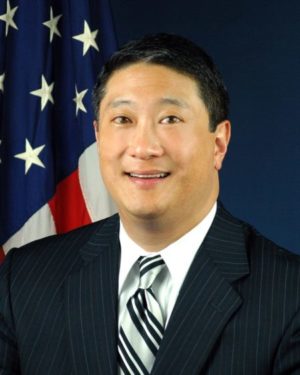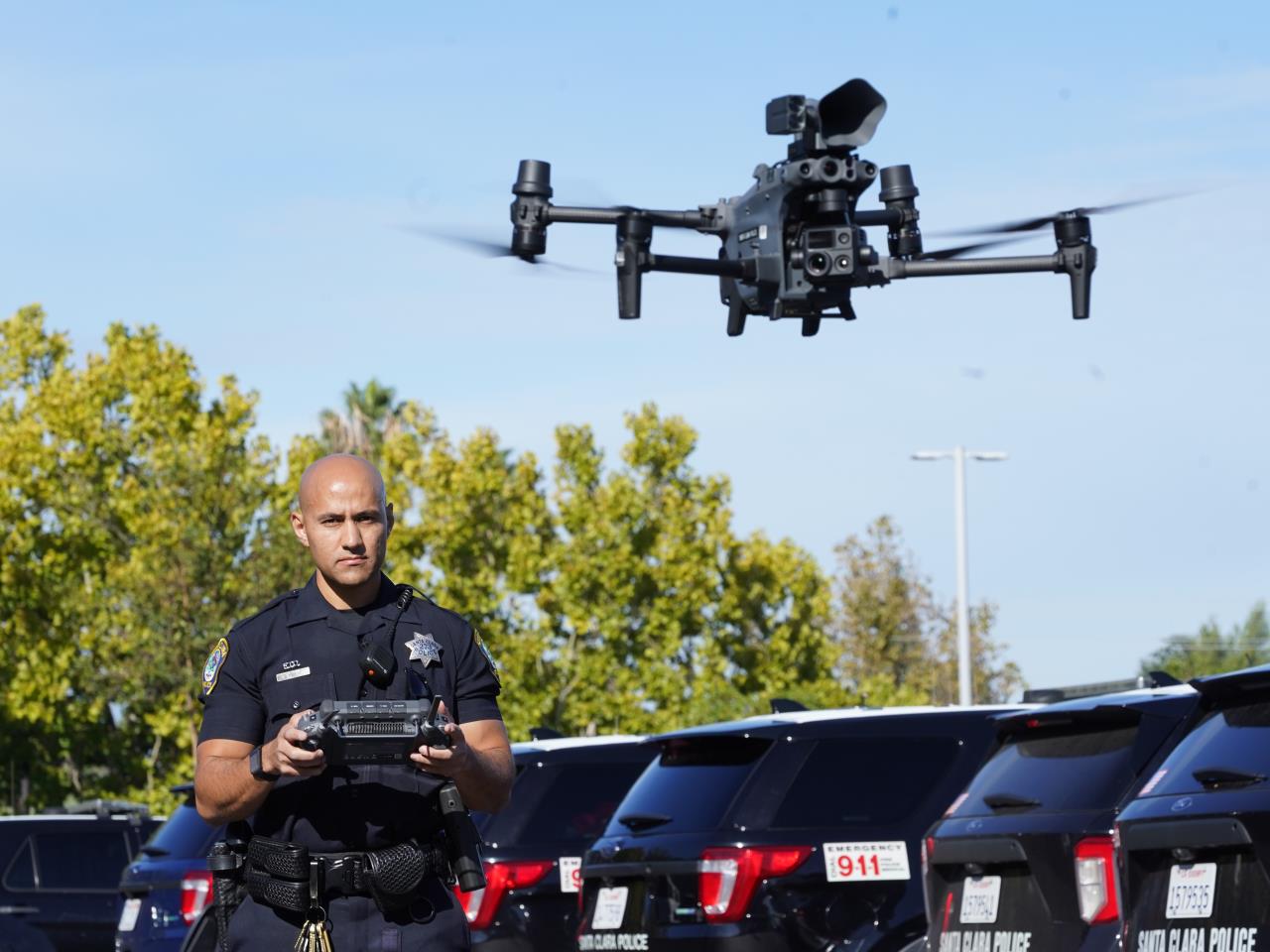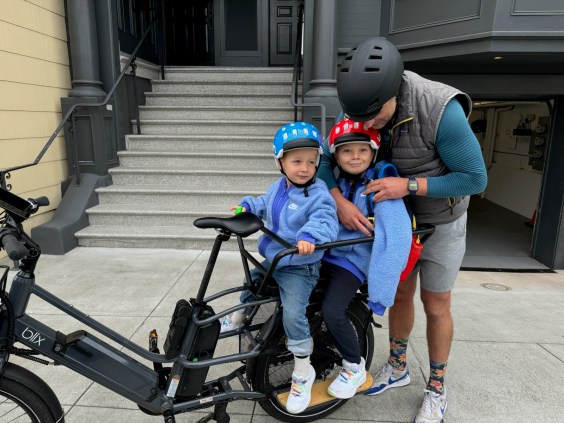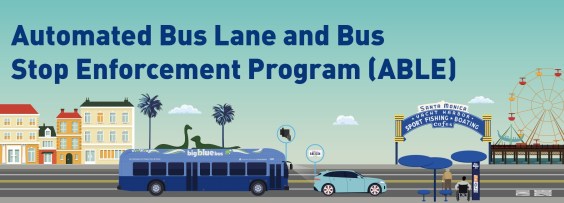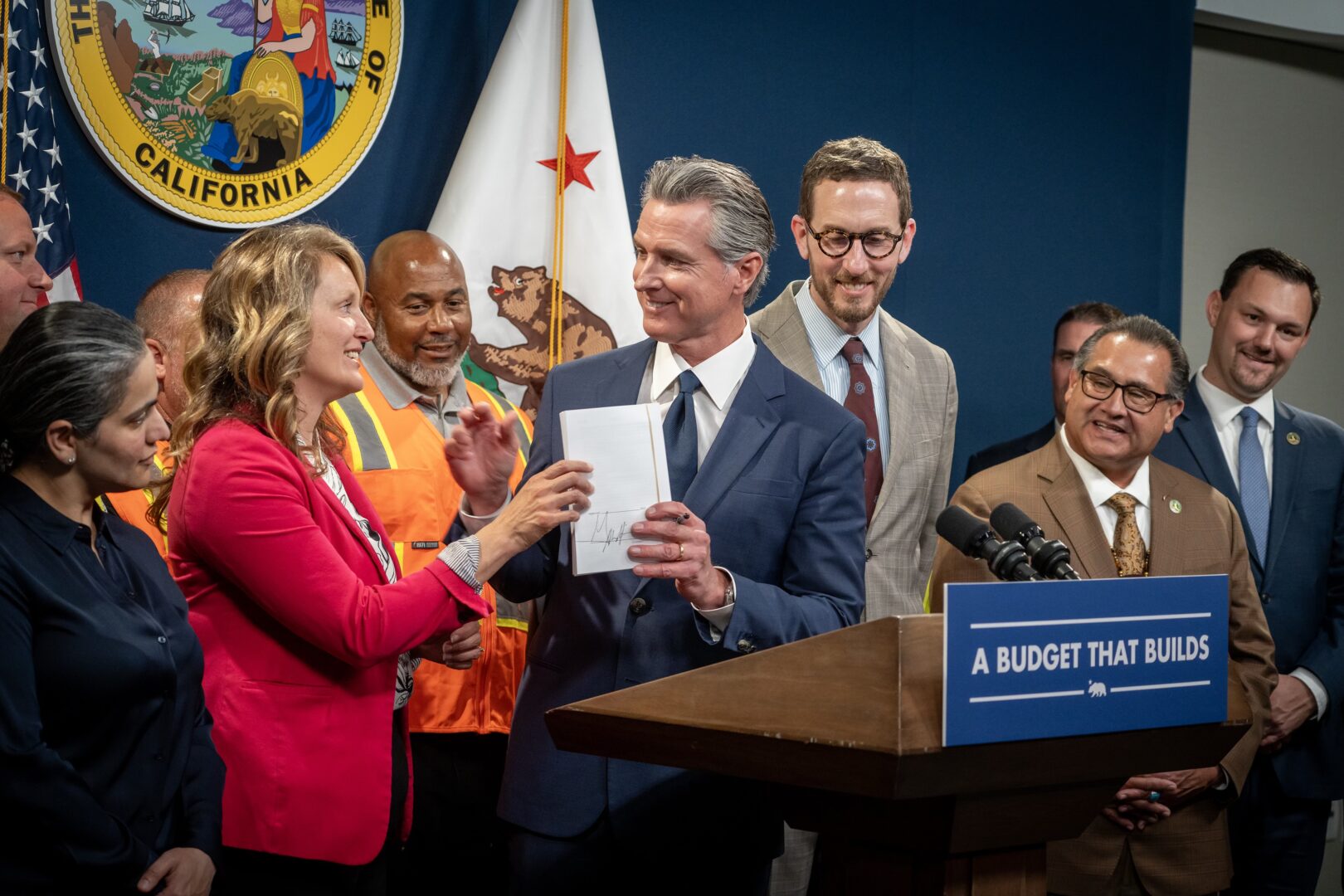Note: GJEL Accident Attorneys regularly sponsors coverage on Streetsblog San Francisco and Streetsblog California. Unless noted in the story, GJEL Accident Attorneys is not consulted for the content or editorial direction of the sponsored content.
The California State Transportation Agency, CalSTA, oversees all transportation departments in the state, including Caltrans, the California Transportation Commission, the DMV, and the CHP. So the new governor's appointee to CalSTA's top post should play a key role in guiding all those agencies towards a sustainable future.
But Governor Newsom just appointed David Kim, whose most recent experience is with the auto industry and the Federal Highway Administration.
Which is a mite disappointing.
Kim also worked at the U.S. DOT, as well as on federal advocacy for the L.A. DOT. His most recent post was as vice president of governmental affairs for Hyundai.
Despite his clear ties to the auto industry, advocates for sustainable transportation issues are cautiously optimistic about Kim's appointment. He has been described as a good administrator, and his experience shows he probably has the chops to serve as a liaison to industry--but is that what Newsom wants for the head of CalSTA?
California is in the midst of a big fight with the federal government--many fights, but a particularly messy one is over rules on vehicle emissions standards. Newsom began his term hitting hard on climate, environmental, and transportation issues, and even established a "strike team" to fix problems at the DMV. That makes the optics of appointing an auto industry executive/highway administrator to the top transportation post in California. . . strange.
Has he appointed someone whose task will be to smooth things over? That would be a little off the point, given the policy issues CalSTA faces. These include internal questions such as DMV reform, and policies on autonomous vehicles, and of course the ongoing Caltrans transition from a car-and-highway-centered focus to one that considers all transportation modes. There are also policy questions that require partnering with other state agencies, like the Air Resources Board in its fight to preserve clean car standards.
The question is, what will matter to this new appointee?
Newsom has some upcoming opportunities to show strong leadership by making the right appointments. The undersecretary of CalSTA, for example, should be someone who can weigh in on these issues and help the new agency head formulate strong policies.
There are also two vacancies on the California Transportation Commission. Sustainable transportation and climate advocates have called for Newsom to appoint people who can bring a balance to that decision-making body, which currently is heavily weighted towards representatives from industry, labor, and real estate.
Kim's appointment must be confirmed by the Senate before it is final.
